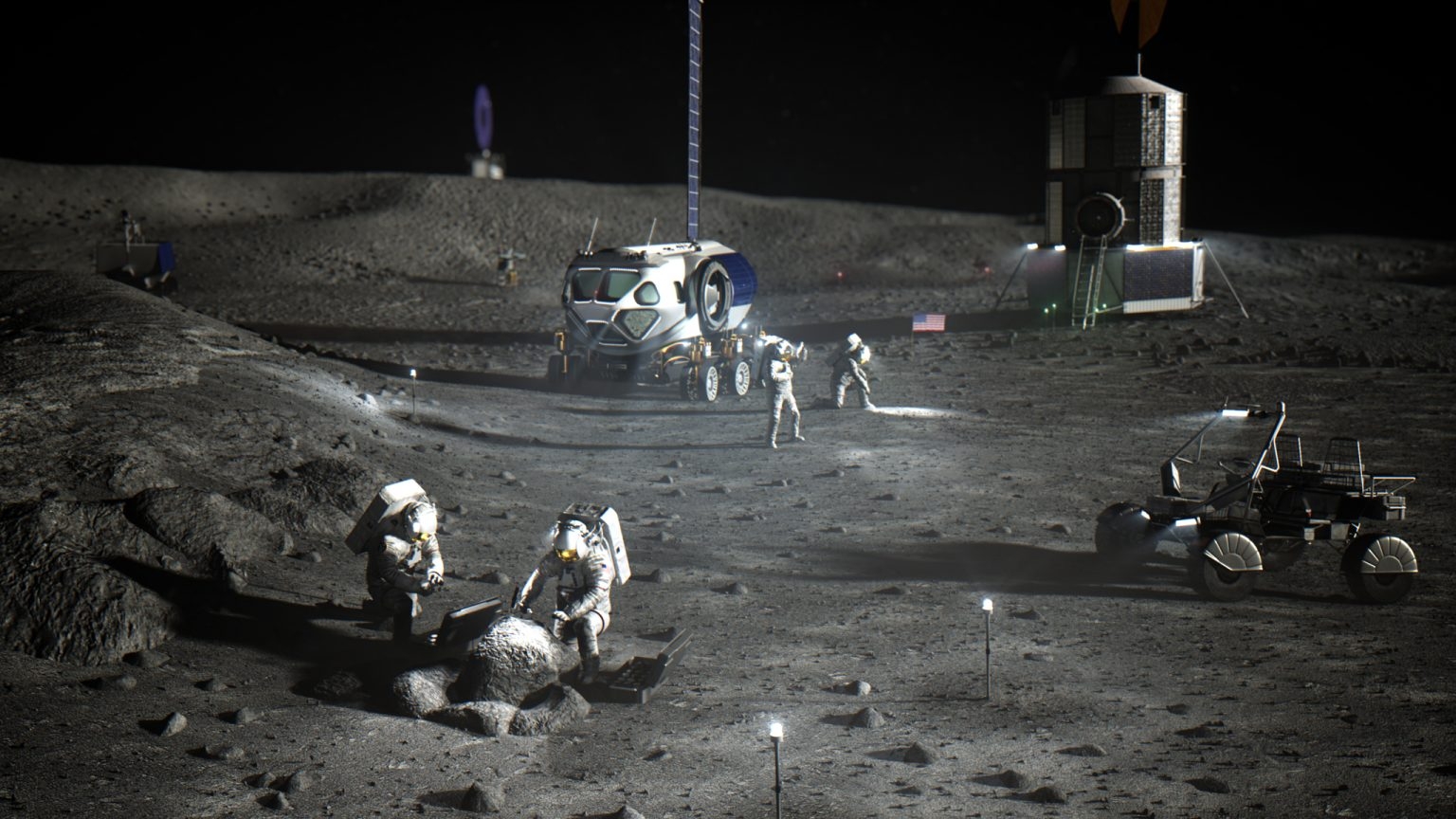Space Probe Fails to Deploy Chute, Slams into Earth

Updated at 1:13 p.m. ET
Video of the Crash
DUGWAY PROVING GROUND, UTAH -- A NASA spacecraft spun out of control and crashed into the Utah desert this morning, putting a disastrous end to a years-long mission to bring back samples of the Sun.
The probe was supposed to deploy a parachute and be snagged by a helicopter for safe recovery.
The capsule, carrying tiny particles from the solar wind that scientists were eager to study for the first time, was half buried in the sandy surface and "appeared to be intact," said a NASA mission controller.
Closer inspection showed the flying-saucer-shaped ship had cracked in two, however.
100 mph impact
Breaking space news, the latest updates on rocket launches, skywatching events and more!
Genesis and its solar cargo slammed into the ground at about 100 mph, said Chris Jones, a spokesperson for NASA. The space agency did not immediately provide any detail on the expected condition of the probe's contents, but scientists are optimistic there will be some particles to recover.
"We've lost something," said Roger Wiens, science team flight payload leader from Los Alamos National Laboratory. "Now we'll have to analyze the pieces."
Since its launch in August 2001, the $264 million Genesis mission flew to a point just under one million miles (1.5 million kilometers) from Earth. The spacecraft deployed collectors for 850 days to "soak up the Sun" -- entrapping particles carried into space by a constantly streaming "solar wind," for return to Earth.
Under blue sky and nearly cloudless conditions here, a mini-squadron of three helicopters took off at about 11:25 a.m. ET, heading to 10,000 feet to await the arrival of the descending capsule.
All appeared to be going well.
Out of control
When the helicopters lifted off, Genesis was above the atmosphere, roughly halfway between the United States and Hawaii, screaming toward the planet.
A few minutes before Noon ET powerful radar and visual instruments here at the Test and Training Range spotted the Genesis capsule sliding through the atmosphere over the western part of the country. The probe was spinning 15 times a minute, looking like an out-of-control garbage can or some space boulder as it flew in at high speed.
"I just had a big pit in my stomach," Wiens said of watching Genesis plummet toward the ground.
Live video taken from the surface followed the probe all the way down, while NASA officials noted that the parachute had not opened, as planned.
The helicopter crews, including a Hollywood stunt pilot, were to spot the capsule and latch onto it with a long hook. Instead, they landed near the crash site to inspect the damage. But NASA engineers feared the explosive for the parachute might still be alive and ready to fire, so the crews were advised to keep a safe distance.
"That presents a safety hazard to recovery crews," Jones said.
Hopes dashed?
Scientists hoped the solar samples, considered among the most primordial bits of the solar system available, would help them unravel mysteries surrounding the formation of the nine planets and the central star they orbit.
Being the first U.S. sample-return mission since Apollo 17 moonwalkers brought back lunar material in 1972, Genesis was to be a trailblazer for a similar effort, the NASA Stardust mission. Stardust is slated to make a Utah parachute landing on January 15, 2006.
A slogan spotted on one of the mission control computers at the Utah ground facility this morning proved prophetic. It read, "Genesis: Utah or Bust."
Editor's Note: SPACE.com's Robert Roy Britt and the Associated Press contributed to this story.



- Genesis Mission: Complete Coverage
- The Science Expected from Genesis
- The Dangers of Sample Return

Leonard David is an award-winning space journalist who has been reporting on space activities for more than 50 years. Currently writing as Space.com's Space Insider Columnist among his other projects, Leonard has authored numerous books on space exploration, Mars missions and more, with his latest being "Moon Rush: The New Space Race" published in 2019 by National Geographic. He also wrote "Mars: Our Future on the Red Planet" released in 2016 by National Geographic. Leonard has served as a correspondent for SpaceNews, Scientific American and Aerospace America for the AIAA. He has received many awards, including the first Ordway Award for Sustained Excellence in Spaceflight History in 2015 at the AAS Wernher von Braun Memorial Symposium. You can find out Leonard's latest project at his website and on Twitter.
